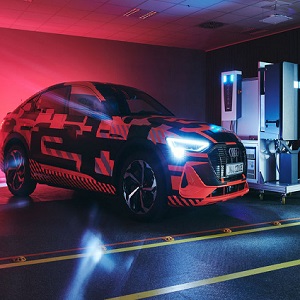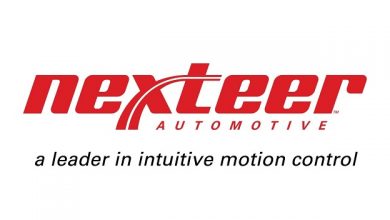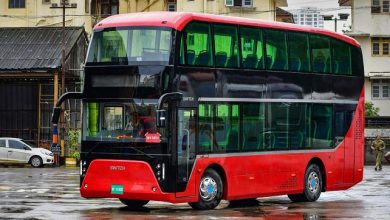Audi in collaboration with Hager researching bidirectional charging technology

Audi has launched a joint research project with the Hager Group on bidirectional charging. In this project, the two partners are focusing less on charging on the grid at public stations and more “primarily on use cases in which homeowners use their own photovoltaic system to charge electricity they need to generate themselves in a cost-optimized manner”.
In the test network, the electric model was operated with a DC wallbox that enables a charging capacity of up to 12 kW, as well as a flexibly expandable home storage unit with a capacity of 9 kWh. In the event of a possible series application, this might provide additional flexibility but is not a necessary prerequisite for bidirectional charging. Since both the home storage, the battery in the car, and the solar system operate on direct current, the CCS connection is used via the DC wallbox and no inverter is connected in between.
The electric car should store the surplus of the PV system not used by consumers in the house – of course only if the car is also in the garage during the day and connected to the wallbox. Later on, the car can supply electricity back to the house again. With the electric car battery as an additional energy storage device, the energy costs for the household should be able to decrease as well as the owner’s CO2 balance.
The core of the project revolves around suitability for everyday use. The customer should not have the feeling of having to restrict their mobility because of the electricity consumed at home and the power drawn from the electric car battery.





